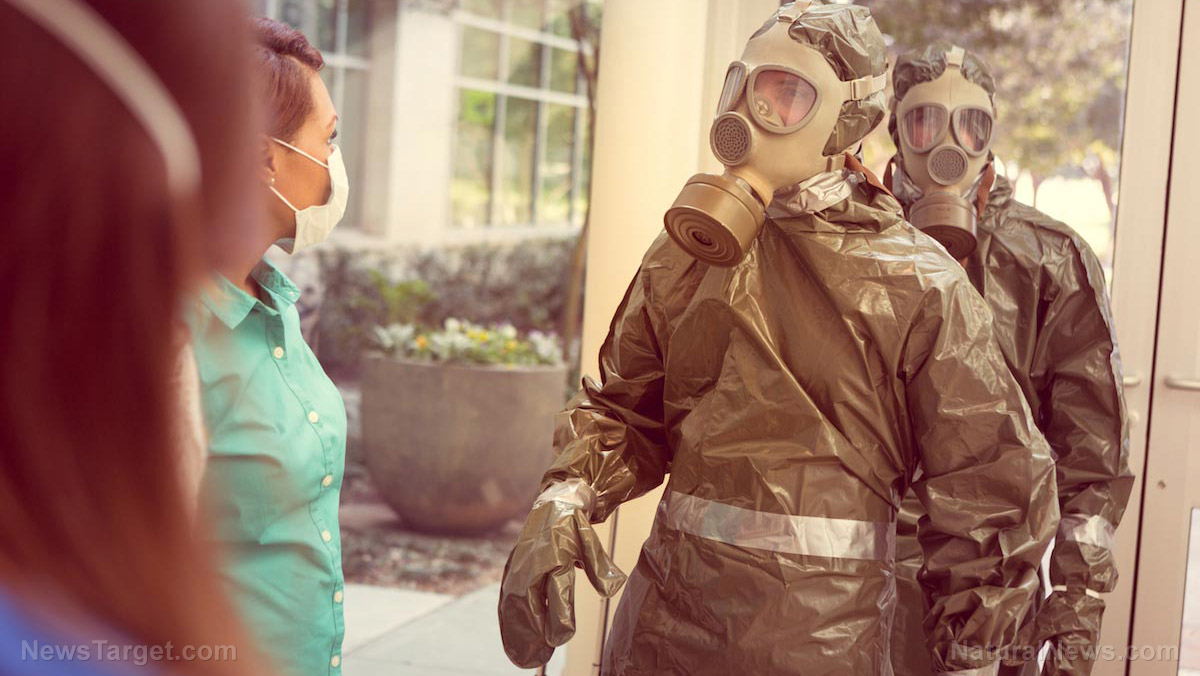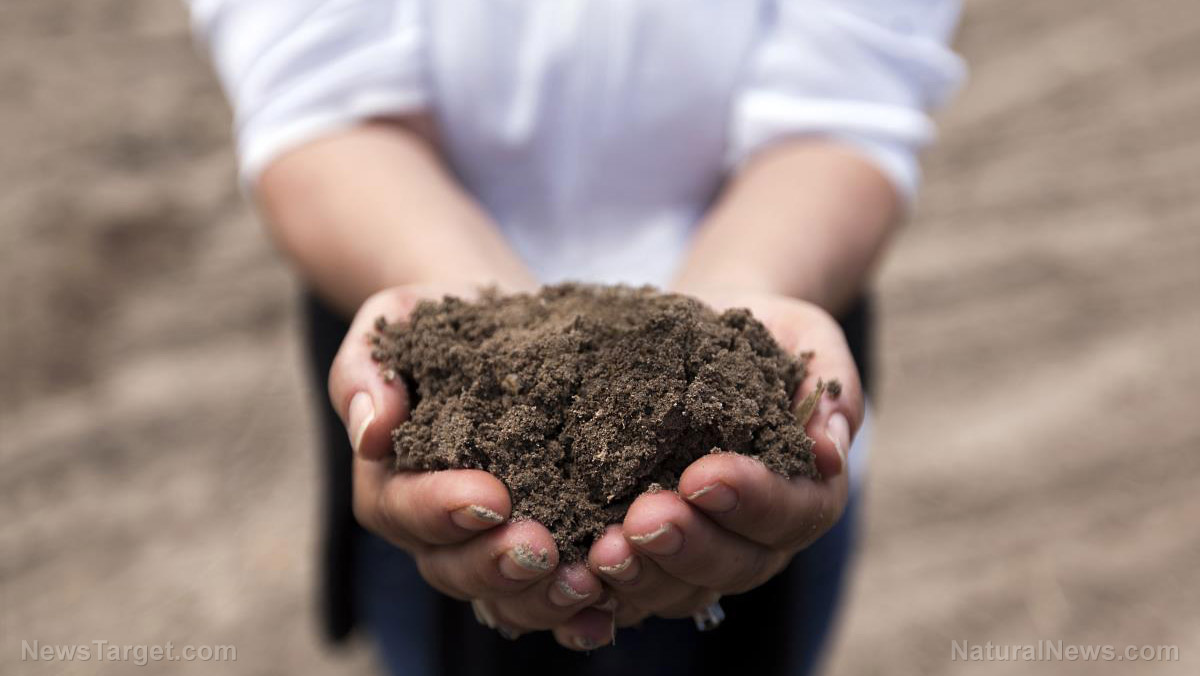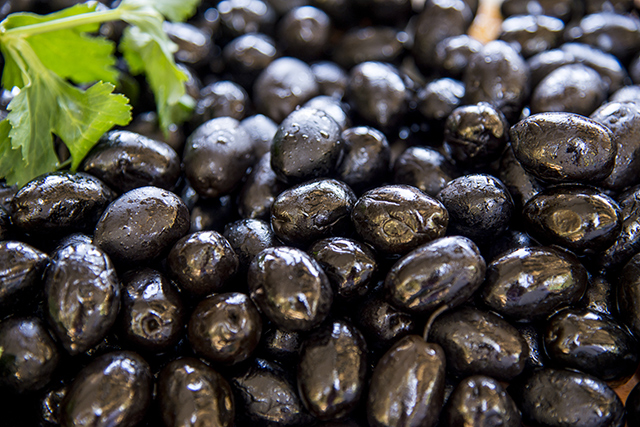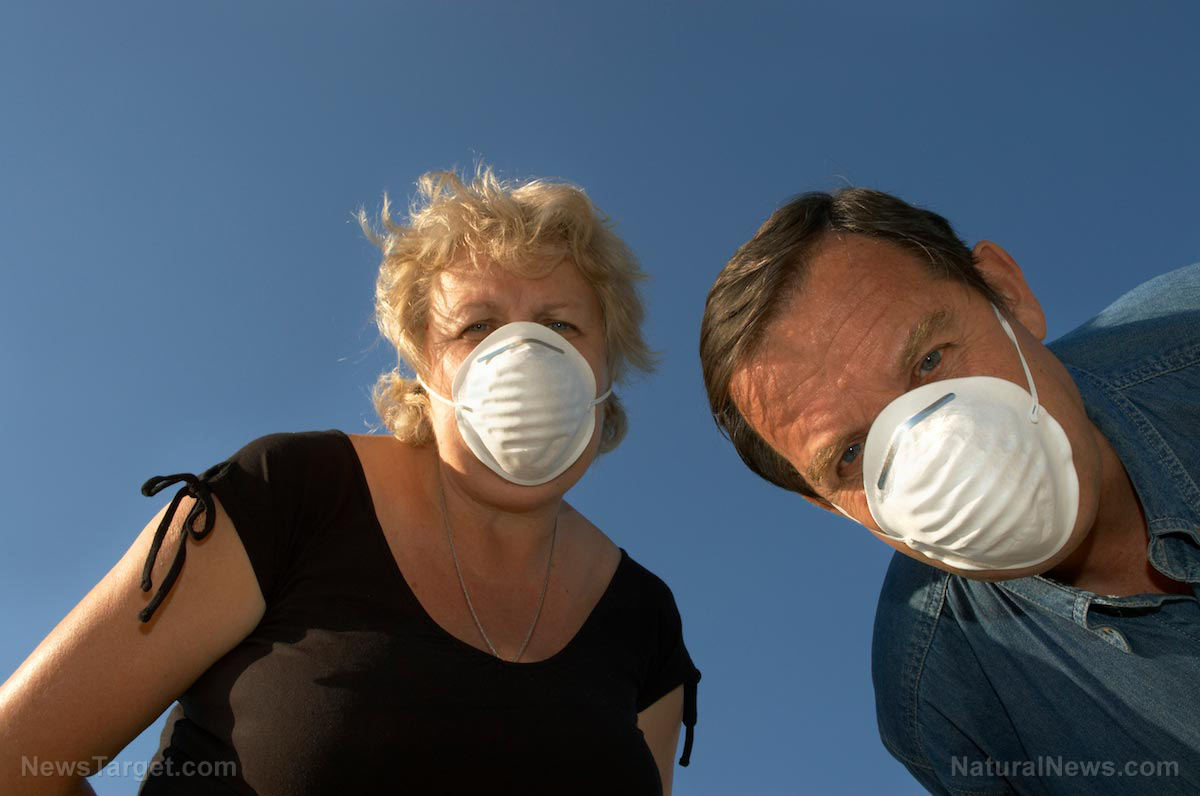Bacteria may travel around the world using “air bridges,” explaining how superbugs share genes
08/19/2019 / By Edsel Cook

Bacteria do not need animal or human carriers to spread. A Rutgers-led study suggests that microbes take advantage of natural air currents and use them as bridges to travel from one remote location to another.
The genes that encode antibiotic resistance in bacteria appear in many seemingly unrelated bacterial species. Even microbes separated by thousands of miles rely on the same DNA to protect them from antimicrobial agents.
Rutgers University researcher Konstantin Severinov oversaw a new study on antibiotic-resistant bacteria. He and his colleagues suspected the existence of a natural transportation method that allows bacteria to move across the planet.
“Because the bacteria we study live in very hot water — about 160 degrees Fahrenheit — in remote places, it is not feasible to imagine that animals, birds or humans transport them,” Severinov explained. “They must be transported by air and this movement must be very extensive so bacteria in isolated places share common characteristics.”
The results of their study were published in the journal Philosophical Transactions of the Royal Society B. (Related: Yes, you can be TOO clean – and it’s making you prone to superbugs.)
Bacteria remember viral infections and pass their memories to their offspring
The Rutgers-led study examined the DNA of Thermus thermophilus, a heat-loving bacteria that live in extremely hot areas like geothermal springs. The researchers studied the molecular memories of these microbes from their encounters with bacteriophages.
Bacteriophages are viruses that target bacteria. As the most numerous and widespread life forms on Earth, they exert considerable influence on the populations, communal organization, and evolution of bacteria.
In their experiment, Severinov and his colleagues took samples of T. thermophilus from different sites around the world — the gravel and hot spring on two different volcanoes in Italy, widely separated geothermal springs in northern and southern Chile, and the Uzon volcanic caldera in Russia.
When these bacteria get infected by bacteriophages, they store molecular memories of the viral infection in CRISPR arrays. These highly-specialized DNA regions hold tiny samples of viral DNA so that the cell will remember the event. If a bacterial cell survives a viral infection, it passes those molecular memories to its offspring.
By looking at the arrangement of these molecular memories in a bacterial species, researchers are able to follow the bacteria’s history of interaction with bacteriophages over time.
Isolated bacterial colonies can somehow share their memories with each other
The researchers chose T. thermophilus because the heat-loving bacteria live in inhospitable environments found in remote locations. Therefore, the different bacterial colonies present in those environments are completely isolated from each other and have no way of directly exchanging molecular memories.
The researchers initially predicted that each isolated bacterial colony will possess unique memories of their previous encounters with viruses. Bacteria that came from the same colony might share the same history, but each colony obtained from separate locations should have different viral-related histories.
The researchers also believe that bacteria evolve at a rapid pace and should therefore be quite different from one another.
“What we found, however, is that there were plenty of shared memories — identical pieces of viral DNA stored in the same order in the DNA of bacteria from distant hot springs,” Severinov said. “Our analysis may inform ecological and epidemiological studies of harmful bacteria that globally share antibiotic resistance genes and may also get dispersed by air instead of human travelers.”
To get further evidence of their “air bridge” hypothesis, Severinov and his team plan to get air samples at various altitudes and locations around the world. He and his team will then identify and compare the molecular memories of the airborne bacteria.
Sources include:
Tagged Under: air bridges, air current, airborne viruses, antibiotic resistance, antibiotic resistance genes, antibiotic-resistant bacteria, bacteria, bacterial carriers, bacteriophages, breakthrough, CRISPR arrays, discoveries, discovery, molecular memories, research, science, superbugs, Thermus thermophilus, viral DNA, viral infections, Viruses
RECENT NEWS & ARTICLES
COPYRIGHT © 2017 SUPER BUGS NEWS


















